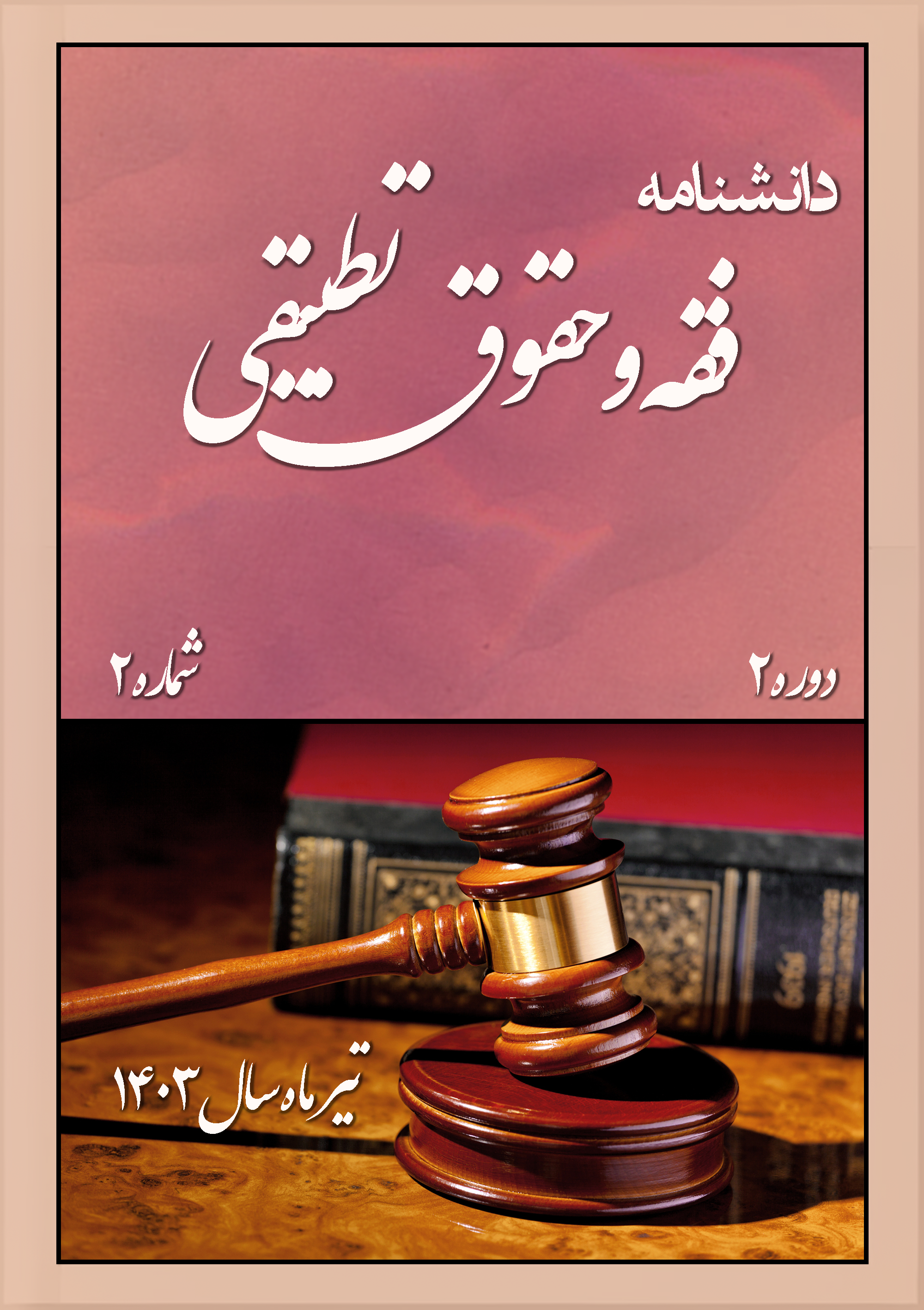Individual Freedom or Social Justice? The Relationship Between Theories of Justice and Liberal Public Law Institutionalization
Keywords:
individual freedom, social justice, liberal theories of justice, public lawAbstract
The theoretical tradition of justice within the liberal discourse has consistently sought to reconcile its commitment to negative freedoms with the institutional requirements of justice, leading to multiple interpretations of the relationship among the individual, the state, and power. These range from libertarian defenses of the most minimal form of public authority to theories such as justice as fairness (Rawls) or the capability approach (Sen), both of which call for a redefinition of the state’s mission to ensure equality of opportunity. Nevertheless, the question of whether justice can be realized within the framework of the minimal state—as an institutional form of limiting political authority—remains one of the most intricate theoretical controversies in liberal public law. This study, grounded in the conceptual framework of liberal theories of justice and through a comparative analysis of the institutional experiences of the United States and the United Kingdom, seeks to identify mechanisms capable of realizing justice as both an institutional and distributive matter within the structures of a minimal state. The analysis reveals that the central challenge lies not in the magnitude of state authority but in the quality of its architecture; reducing justice to a merely negative concept effectively suspends the duty of solidarity within the public order. The findings indicate that a small state, if guided by justice-oriented rationality and intelligent institutional design, is not inherently in conflict with justice but can instead embody novel capacities for its realization. This research, conducted using a descriptive–analytical method, outlines a conceptual horizon for reconstructing the compatibility of freedom and justice in contemporary public law.
Downloads
References
Balouri, M. E. (2016). Description and Explanation of Justice Based on Amartya Sen's Capability Approach. 1st International E-Challenges Congress,
Barry, B. (2001). Culture and Equality: An Egalitarian Critique of Multiculturalism. Harvard University Press.
Bashiriyeh, H. (2008). Foundations of Political Science. Ney Publications.
Berlin, I. (1969). Two concepts of liberty. Oxford University Press.
Brennan, J., & Lomasky, L. (2006). Libertarianism: For and Against. Rowman & Littlefield.
Buchanan, A. (1985). Ethics, Efficiency, and the Market. Blackwell.
Dewey, J. (1935). Liberalism and Social Action. Putnam.
Esping-Andersen, G. (1990). The Three Worlds of Welfare Capitalism. https://doi.org/10.1177/095892879100100108
Freeman, S. (2007). Rawls. Routledge. https://doi.org/10.4324/9780203086605
Gaus, G. (2003). Contemporary Theories of Liberalism: Public Reason as a Post-Enlightenment Project. SAGE. https://doi.org/10.4135/9781446218754
Ghazi Shariatpanahi, M. R. (2012). Theories of the State. SAMT.
Ghazizadeh, Y. (2015). Comparative Constitutional Law. Mizan.
Gutmann, A. (1999). Democratic Education. Princeton University Press. https://doi.org/10.1515/9781400822911
Harvey, D. (2005). A Brief History of Neoliberalism. Oxford University Press. https://doi.org/10.1093/oso/9780199283262.001.0001
Hayek, F. A. (1960). The Constitution of Liberty. Routledge.
Kelsen, H. (1945). General Theory of Law and State. Harvard University Press.
Lister, R. (2004). Poverty. Polity Press.
Locke, J. (1988). Two Treatises of Government. Cambridge University Press.
Locke, J. (2003). Second Treatise of Government. Hackett Publishing Company. https://doi.org/1690
Naqibzadeh, A. (2015). New Theories in Politics and Government. Ghumes Publishing.
Nozick, R. (1974). Anarchy, state, and utopia. Basic Books.
Nussbaum, M. (2000). Women and Human Development: The Capabilities Approach. Cambridge University Press. https://doi.org/10.1017/CBO9780511841286
Nussbaum, M. (2011). Creating capabilities: The human development approach. Harvard University Press.
Pettit, P. (1997). Republicanism: A Theory of Freedom and Government. Oxford University Press.
Rawls, J. (1999). A theory of justice. Harvard University Press. https://doi.org/10.4159/9780674042582
Raz, J. (1986). The Morality of Freedom. Oxford University Press.
Sandel, M. (2009). Justice: What's the Right Thing to Do? Farrar, Straus and Giroux. https://doi.org/10.1037/e597132010-001
Sen, A. (1992). Inequality Reexamined. Clarendon Press.
Sen, A. (1999). Development as freedom. Oxford University Press.
Sen, A. (2009). The Idea of Justice. Harvard University Press.
Taylor, C. (1979). What's Wrong with Negative Liberty. In A. Ryan (Ed.), The Idea of Freedom (pp. 175-193). Oxford University Press.
Tomasi, J. (2012). Free Market Fairness. Princeton University Press. https://doi.org/10.23943/princeton/9780691144467.003.0008
Waldron, J. (1987). Libertarianism: For and Against. Rowman & Littlefield.
Wolff, J. (1991). Robert Nozick: Property, Justice and the Minimal State. Stanford University Press.
Downloads
Published
Submitted
Revised
Accepted
Issue
Section
License
Copyright (c) 1403 محمداسماعیل معتمدی (نویسنده); خیراله پروین; محمد جلالی (نویسنده)

This work is licensed under a Creative Commons Attribution-NonCommercial 4.0 International License.










